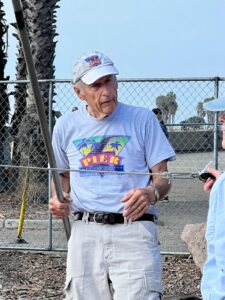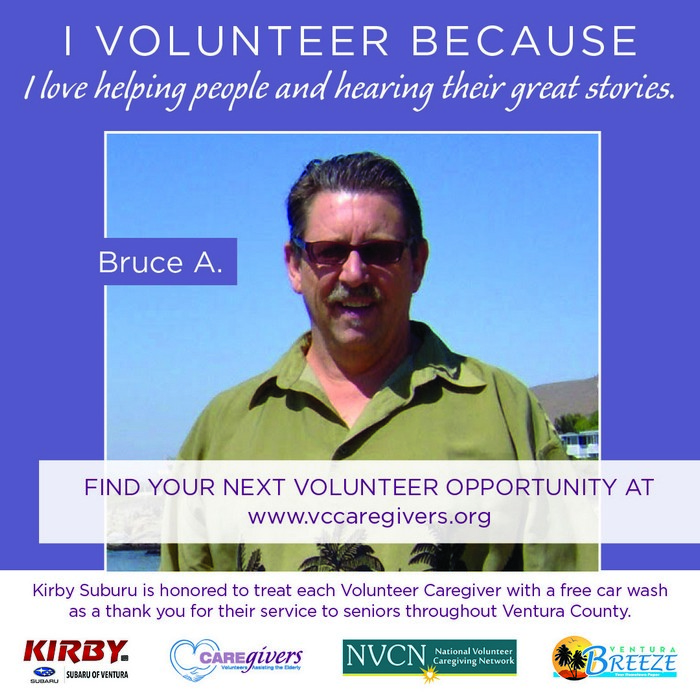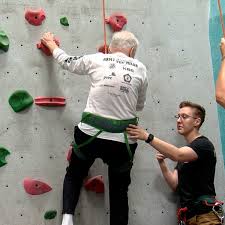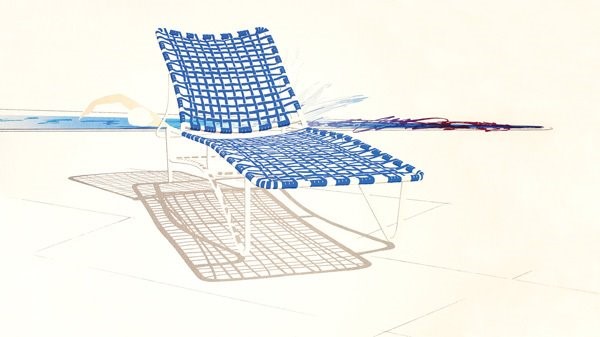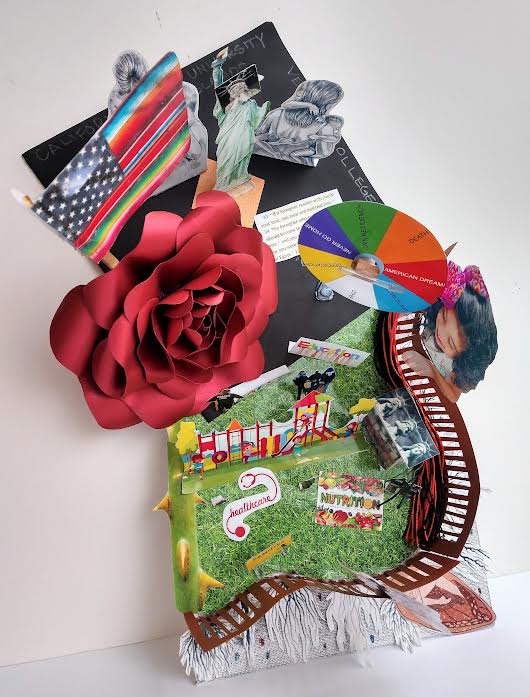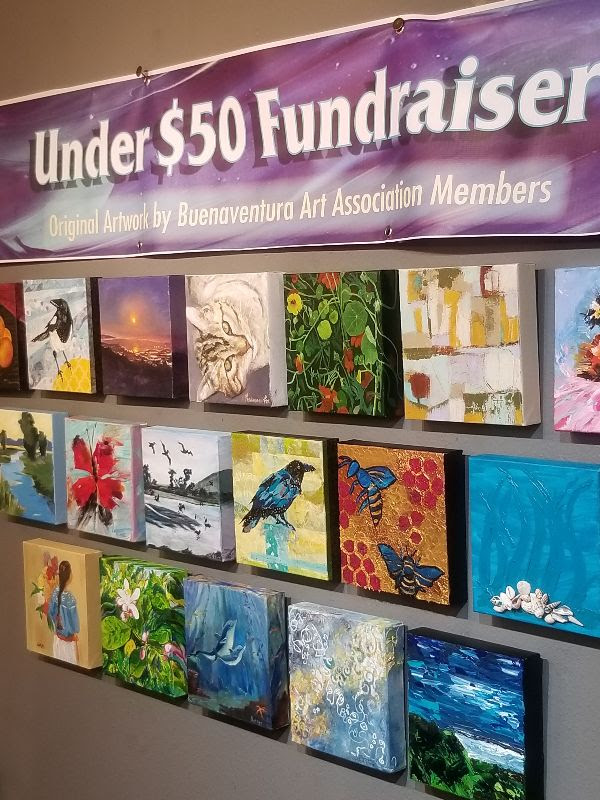
Many falls happen at home, where we spend much of our time and tend to move around without thinking about our safety. There are many changes you can make to your home that will help prevent falls and better ensure your safety. Here are a few.
Ensure there are handrails on both sides of any stairs, and make sure they are secure. Hold the handrails when you go up or down stairs, even when you are carrying something. Don’t let anything you’re carrying block your view of the steps.
Ensure there is good lighting with light switches at the top and bottom of stairs and on each end of a long hall. Consider using motion-activated lights that plug into electrical outlets and automatically turn on when you walk by them to help illuminate stairwells and pathways.
Keep areas where you walk tidy. Don’t leave books, papers, clothes, or shoes on the floor or stairs.
Check that all carpets are fixed firmly to the floor, so they won’t slip. Put no-slip strips, which you can buy at any hardware store, on tile and wooden floors.
Don’t use throw rugs or small area rugs.
Don’t walk on slippery, newly washed floors.
Bathrooms:
Mount grab bars near toilets and on both the inside and outside of your tub and shower.
Place nonskid mats, strips, or carpet on all surfaces that may get wet.
Remember to leave a light on in the bathroom at night or use a night light that turns on automatically in the dark.
Bedrooms
Put night lights and light switches close to your bed.
Keep a flashlight by your bed in case the power goes out and you need to get up.
Place a landline or well-charged phone near your bed.
Kitchen
Keep frequently used pots, pans, and kitchen utensils in a place where they are easy to reach.
Clean up spills immediately.
Prepare food while seated to prevent fatigue or loss of balance.
Outdoor spaces
If you have steps leading to your front door, make sure they are not broken or uneven.
Add non‐slip material to outdoor stairways.
Keep the lawn, deck, or porch areas clear of debris, such as fallen branches.
Consider installing a grab bar near the front door to provide balance while you are locking or unlocking the door.
Turn on your porch light at night and if you leave during the day but plan on returning home after dark.
